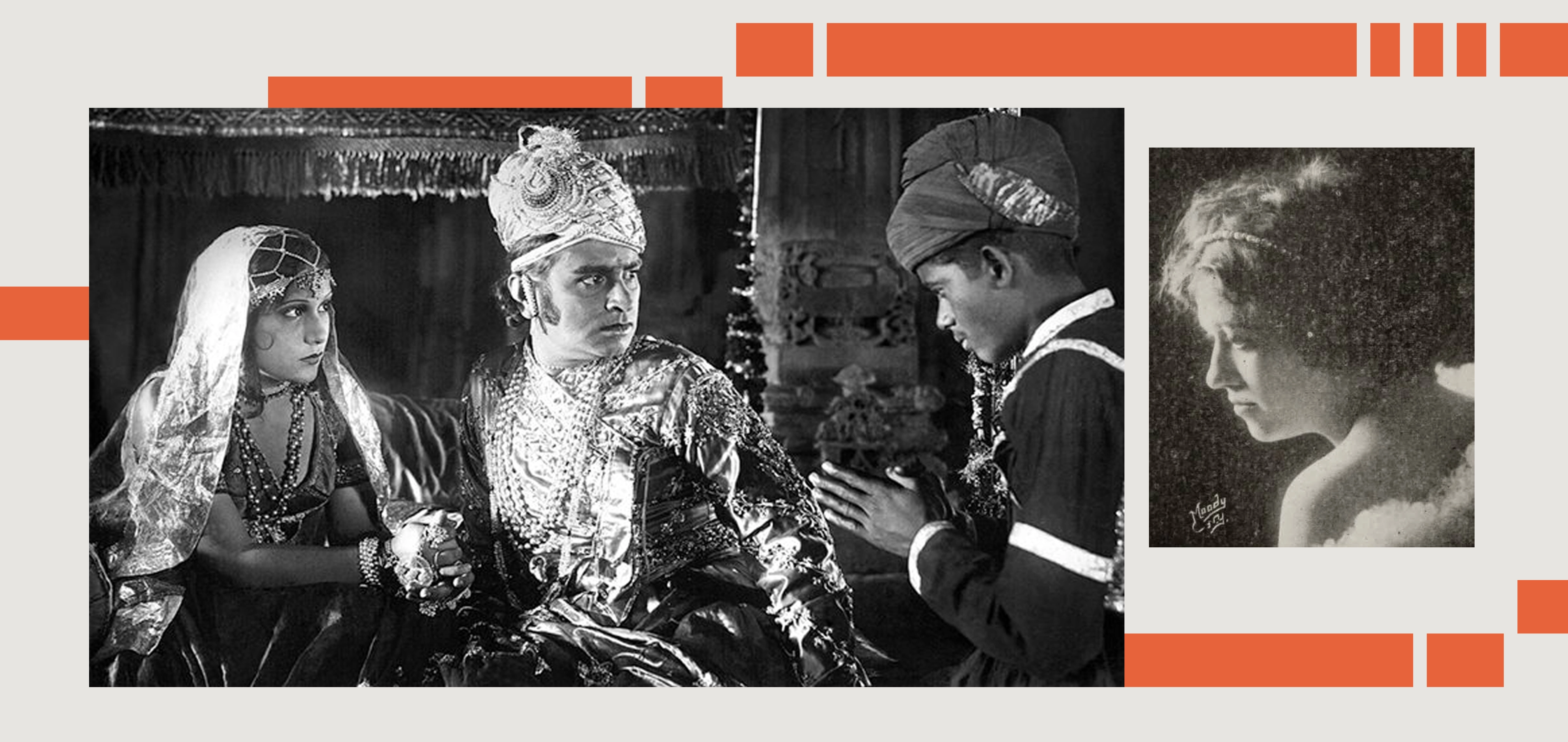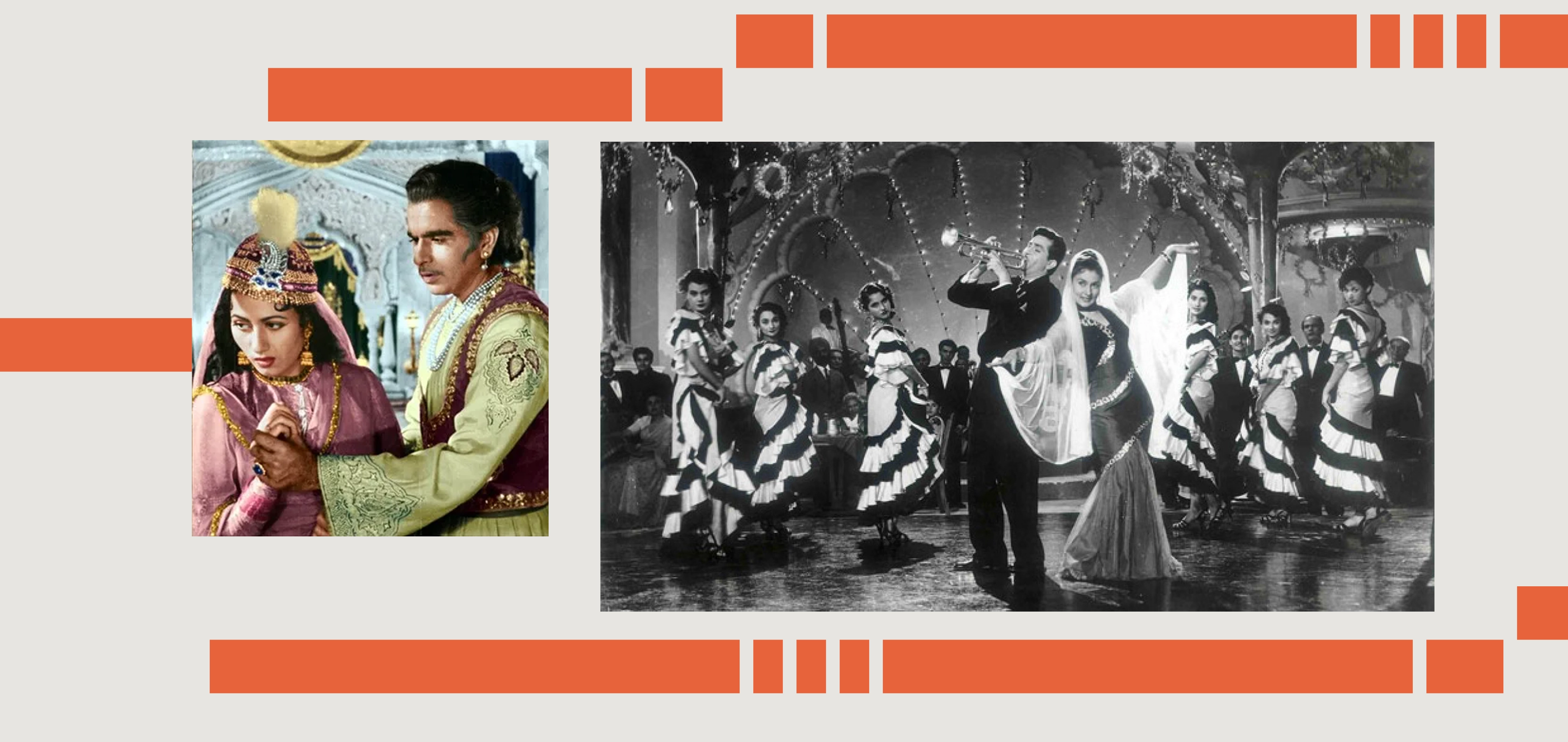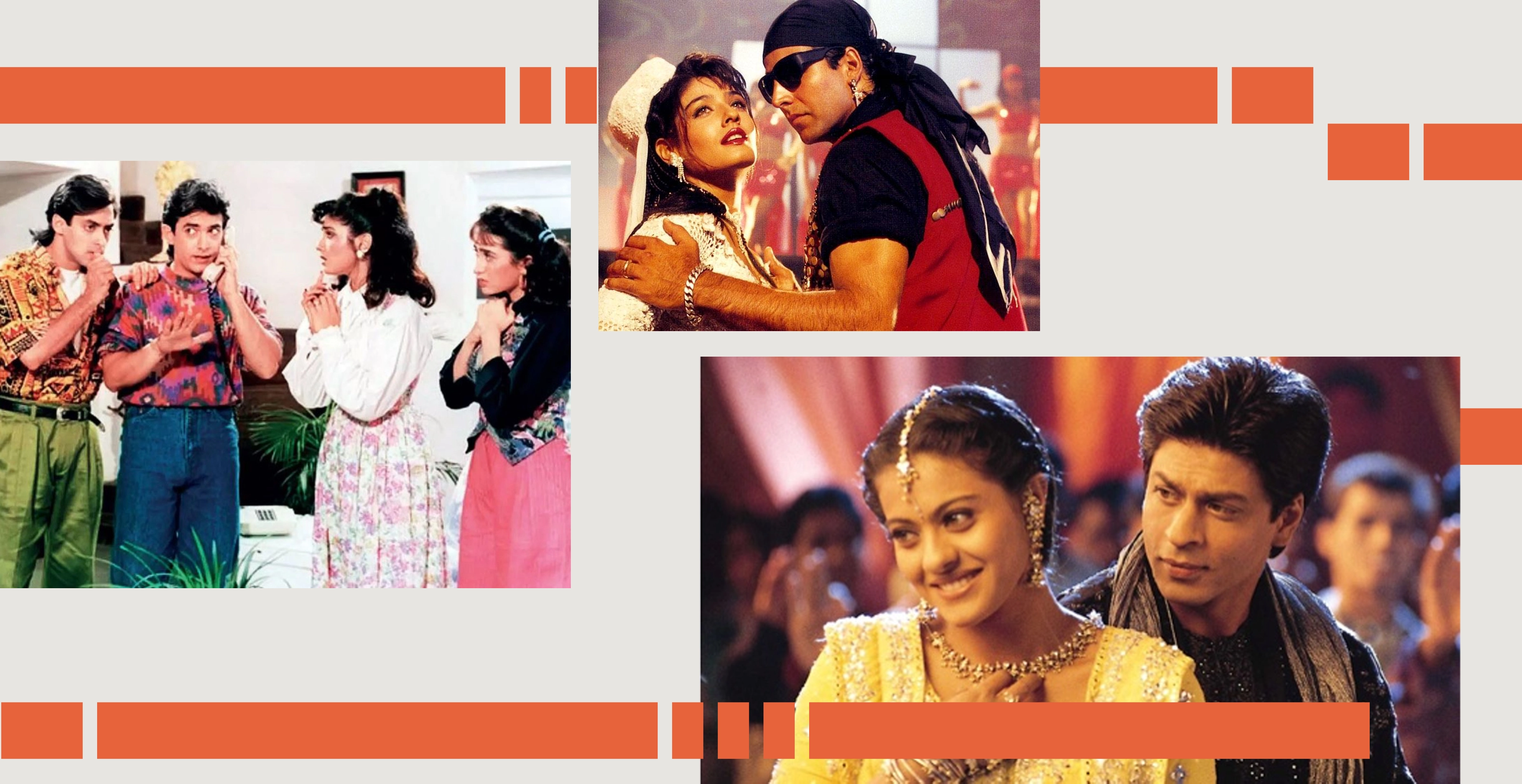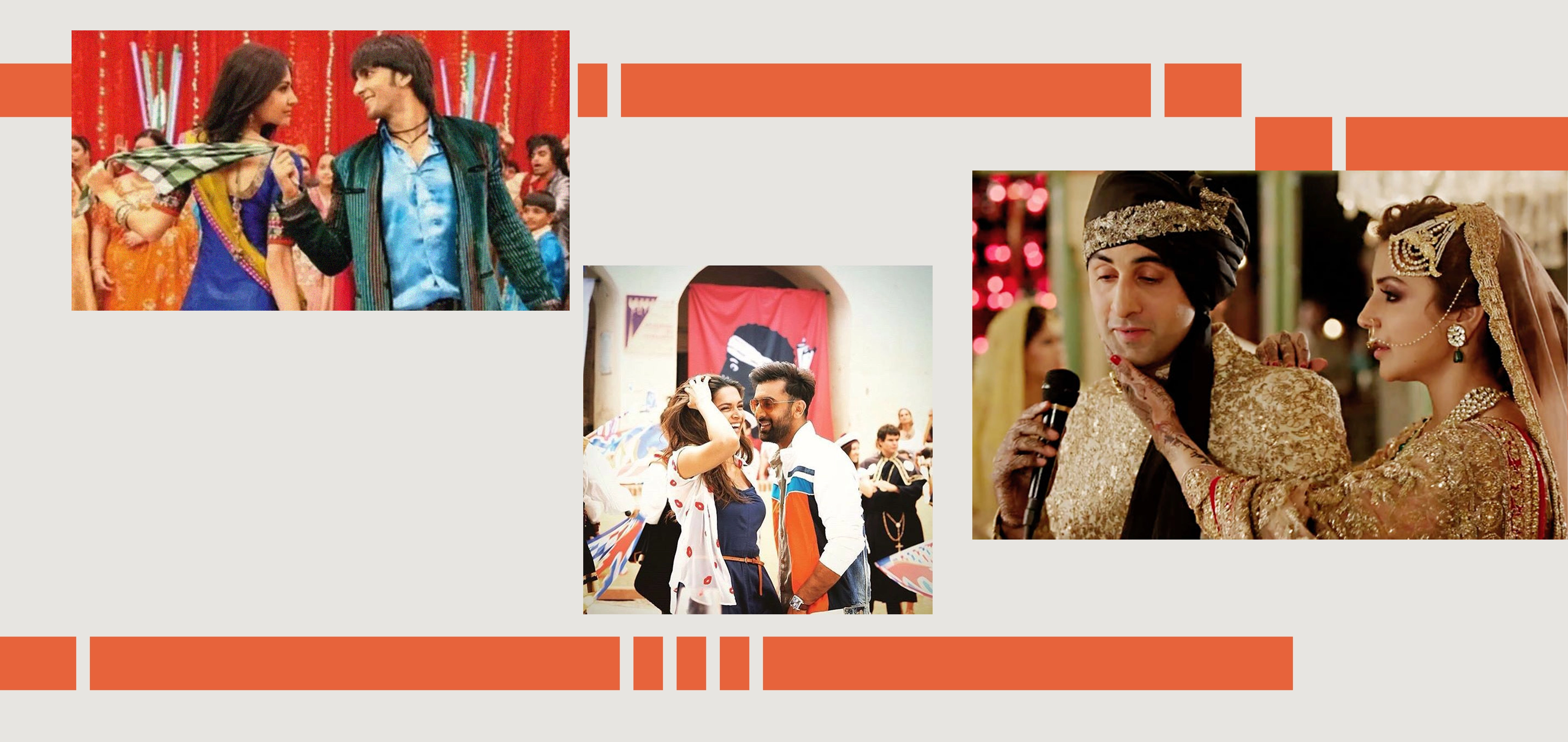






A century of Bollywood costumes reveals how Indian fashion evolved and inspires today’s stars like Priyanka Chopra and Aishwarya Rai
As an art director, celebrity stylist, & Bollywood costume designer, Akshay Tyagi has understood the different perspectives in which Indian culture is perceived and how the local cinema industry has influenced it. In his masterclass “Costuming Bollywood & the Rise of the Indian Celebrity” at Istituto Marangoni Milano, Akshay Tyagi recently disclosed how the reduction of borders has occurred and how social media had a role in the process.
As one of the world’s most colossal industries, Bollywood has been a cinematic force since its inception. Yet, it wasn’t until recent years that this film industry began gaining more international recognition as India has shifted from a normalised perception of what people considered the country to be, evolving into a cultural superpower of craft and business that has reached a broader market. Today, brands like Dior and Prada are forging connections and partnerships in India, showcasing a new era of global influence.

Aishwarya Rai in the 2002 film 'Devdas', wearing a traditional sari
What better way to explore Bollywood’s evolution than through its most iconic costumes? These garments are more than visual elements of the story; they evolve in meaning as the decades progress. Let’s take a closer look at how these costumes reflect the broader changes in Bollywood’s history.
1920s: Mythological stories like “Shakuntala” started the country’s film history, along with painted posters
1930s: This decade represented a time of conservative fashion in Bollywood’s black-and-white film era. Most actors adhered to traditional Indian attire, with men typically dressed in the classic dhoti and women adorned in ghagra-cholis or draped saris. But this period also embraced men’s Westernised attire such as suits, wide-legged trousers, and shirts.

The 1920s to 1940s, Bollywood saw traditional Indian attire in its films, with men wearing classic dhotis and women in draped saris
1940s: Indian folklore was fused into movies, with songs and dances becoming Bollywood’s language to weave stories together.
1950s: This era celebrated Indian identity, emerging from the shadows of colonial rule and embracing a new sense of freedom. It also marked an exploration of what to wear when unburdened by centuries of colonisation. Women’s fashion was characterised by a rich array of traditional attire in brighter shades. Meanwhile, men’s fashion took a decidedly Western turn with the adoption of suits, ties, and sleek hairstyles.
1960s: This period represented a profound exploration of the classical and existential questions of Indian identity. It was an era where Islamic and Hindu influences converged in a journey of exploration and liberation.

The 50s and 60s era celebrated Indian identity, with women's fashion turning to brighter shades. Men's fashion on the other hand, went Western with suits and sleek hairstyles
1970s & 1980s: A time of vibrant experimentation and Western influences in Bollywood’s fashion scene. During the 1970s, both men and women embraced styles such as bell-bottom pants, flared sleeves, and shirts with bold patterns. The 1980s saw a shift towards disco-inspired fashion, with women wearing everything from colourful leggings to fishnet stockings. This era also marked the beginning of global brands exploring India’s cultural richness.
1990s: Bollywood saw the rise of American silhouettes on the big screen, marking a significant shift towards Western consumption patterns while still honouring traditional roots. This decade was characterised by the introduction of athleisure, a trend that brought sporty, casual American styles into the Indian fashion scene.

American silhouettes started to be seen more and more in Bollywood, as it shifted towards Western consumption patterns in the 90s and 00s
2000s: A decade of modernisation and progression for Bollywood, where filmmakers reinterpreted the movies of the 1920s through new perspectives.
2010s: Bollywood fashion embraced comfort and Western silhouettes through historical films that featured a modern twist on traditional attire.

The 2010s continued embracing Western silhouettes, but more so through a modern twist on traditional attire
2020s: Bollywood showcases a balanced combination of Western and local influences through progressive and nostalgic historical storylines. A century later, with the instant accessibility provided by social media and the rise of global Indian personalities, history has trickled down to the present day. Today’s globally recognised celebrities—like Priyanka Chopra, Aishwarya Rai, and Alia Bhatt—draw from what they saw on Bollywood screens growing up, expressing their style in ways that both honour tradition and embrace modernity. While they support Indian designers and styles, they also embrace a diverse range of fashion choices beyond the sari, demonstrating a dynamic and contemporary approach to style.
Ximena Fernández Ochoa
Fashion Business, Digital Communication & Media, 2nd year, Milano



